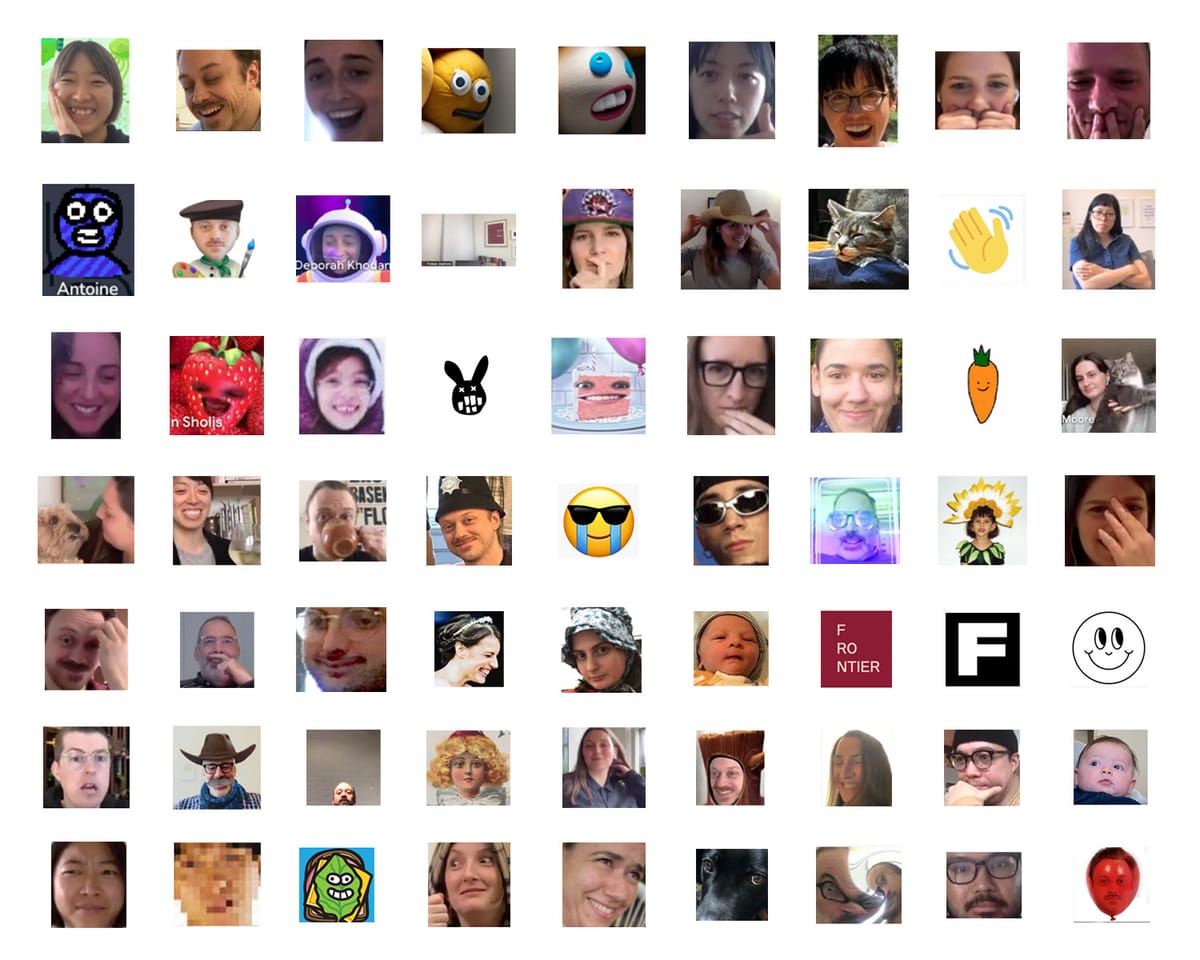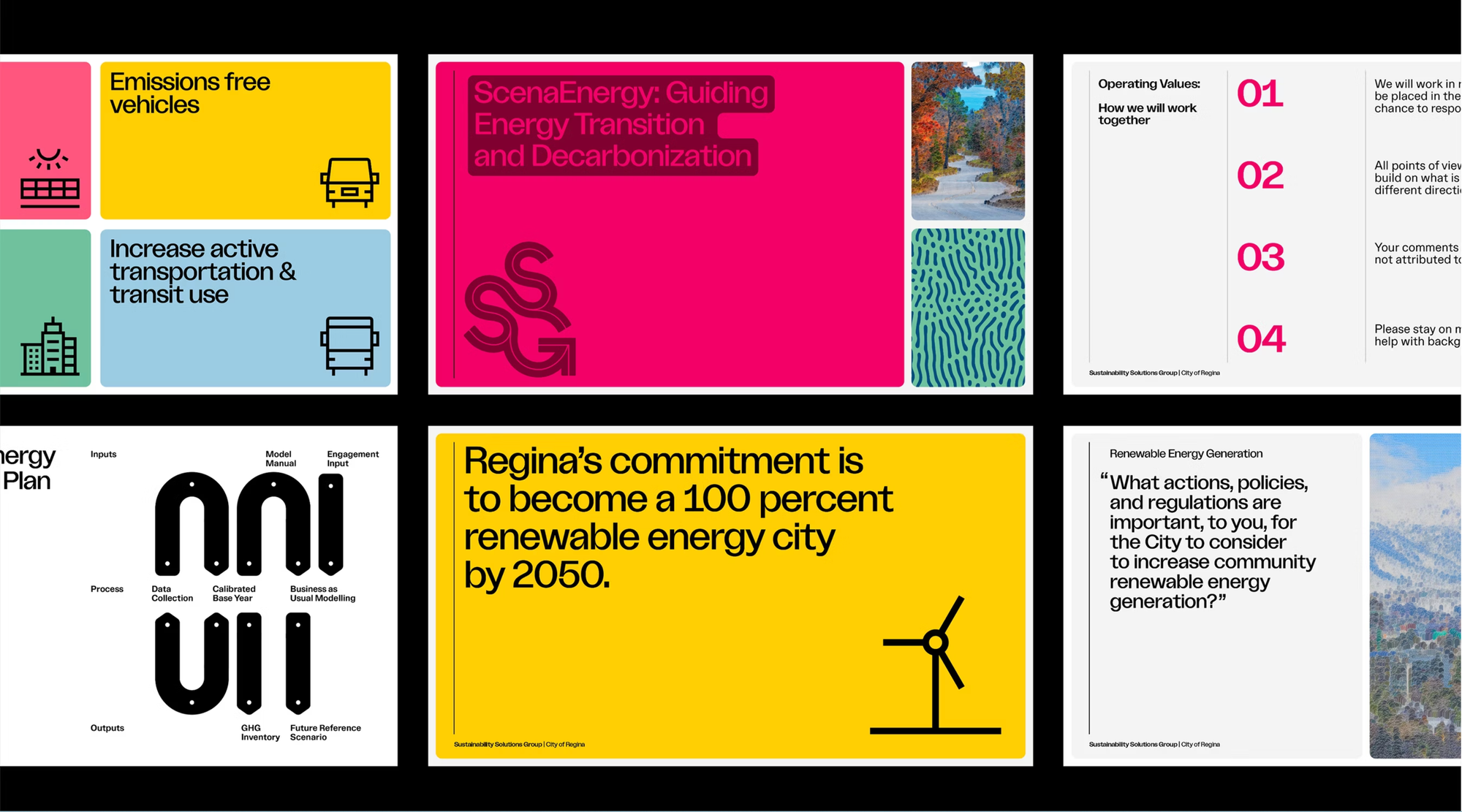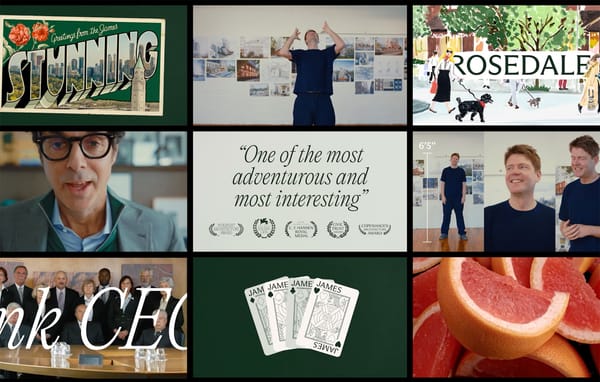Logo Logic
How design can drive growth, if you let it.

Into the Amazon
In 1998, Jeff Bezos paired a powerful ambition with a crave-worthy design brief. Embracing the metaphor inherent in his company’s name, he saw an opportunity to expand beyond books and become a comprehensive e-commerce platform. That brief, on a single sheet of paper, came to David Turner and Bruce Duckworth with one goal: create a logo that reflects Amazon’s commitment to customer satisfaction and its expansive product range.

A small group that included Bezos and Anthony Biles, the lead designer at Turner Duckworth, created what is now one of the most iconic logos on earth. What stands out about the result is far more than its graphic character or colour use (though both are important). What makes the logo remarkable is how it’s the perfect expression of the business strategy and two core principles. First, everything from A to Z represented as the arrow that links those two letters in the name. Second, customer satisfaction represented by the resulting arrow also being a satisfied smile.
The oft-repeated maxim is that design is more that just what a thing looks like, it’s also how it works. And while that insight applies to product design, it also applies to business strategy. When enlightened businesses make space for it, design can help with many aspects of an enterprise. In Amazon’s case, it helped with narrative-building where the logo tells a story of comprehensive service, consistency across experience from website to packaging and beyond, and emotional connection in how the design becomes almost friendly in a way that fosters affinity.
But there’s more. While most design schools are noted for their scrappy creative environments and visual cacophony, what isn’t visible are the processes that underlie the work. Design schools use creative methods to produce tangible outputs across a wide spectrum, from architecture to graphic design and beyond. And the ways designers learn to create have broad applicability.
By focusing in on a handful of these tools, we can see how design has driven some of the world’s most successful companies.
Designing the Adventure
Sustainability, as a subject, brings baggage. It’s hard to imagine such a fundamental global concern being off-trend, but between greenwashing, oversaturation, and sheer exhaustion, many people are tired of hearing about it.
Vancouver-based Sustainability Solutions Group approached Eddie Opara at Pentagram with a challenge: Starting with the logo, how could the sustainability consulting group take an entirely different approach to how sustainability looks?
Courtesy of Pentagram
Naomi Devine, head of engagement and design for SSG, put forward an idea that became the heart of the rebrand: Design is not just aesthetic but cognitive—a means of understanding complex issues.
“Design is more than just how things look,” said SSG’s Engagement and Design Lead, Naomi Devine. “Design is understanding. SSG has always brought a unique, innovative, and bold vision to the table…. We want people to see right away that we are serious about solving the most significant problems of our generation.”
Pentagram
The resulting brand does not “look” like sustainability. Bold colour, surreal animations, and a strong use of typography create an overall sensibility that runs against the green-and-beige landscape of sustainability communications. Understanding that brand can be a means for engaging people in a subject, the work is fun and exciting. It brings them into the subject matter by appealing to their intuitive, emotional selves.

Intuition as Guide
A second design-education tool is intuitive thinking. This is a softer skill, but critical when designing for engagement. Slack understood that, when it comes to user experience, little things can have a big impact. When Stewart Butterfield’s company popularized, standardized, and then allowed for custom-emoji reactions, they instantly made communication not only more engaging, but also more efficient. Reacting with an emoji rather than a written reply not only saves time, it enhances the user experience. This simple change helped cement Slack as a vital workplace tool.
Intuitive thinking is not explicitly taught in design school, but my own experience suggests that the best designers understand and deploy it in their work. In fact, intuitive thinking runs against almost everything a designer learns before they start design school, because it requires a break from the heavily logic-driven forms of thinking that constitute our early formal educations. But the more a designer can focus on allowing emergent forms of thinking the better. In other words, the more they let emotions draw them toward the best ideas for a creative project the higher the chances they'll land on something that moves people.
Testing to Fail
Warby Parker brings us to a third key design approach that can help make a business more effective. When the cofounders decided to take on the corporate eyeglasses industry through a new technology platform, they had one significant hurdle. People do not like to invest in something before they have a good sense it’ll work. For Warby Parker to succeed, they needed to convince customers that online purchasing could work. The solution was simple: a home try-on program that let customers pick five frames to try for free. This not only improved the customer experience but also built trust and brand loyalty.
Neil Blumenthal, Dave Gilboa, Andrew Hunt, and Jeffrey Raider were not designers, but their process was inherently informed by design principles. The program started as a pilot built on an empathy-driven understanding of their customers and the struggle they’d have with buying glasses online. They then iterated and tested multiple solutions until they arrived at the right approach. They put the customer at the centre of the business, which led them to make decisions from the perspective of the people who would be using their products.
Warby Parker Introduces the Home Try-On program (via YouTube)
This, for me, is one of the most under-appreciated lessons a designer should bring to strategic design practice. Even in this increasingly digital era, architects start the process of designing multimillion-dollar buildings with a sketch. Then they build rough models and continue gradually improving the fidelity of the project in a process that culminates in the building itself. By the time it’s built, the building has “existed’ many times and, with each new iteration, the designers learn something that simply cannot be gained by thinking or writing about it. You have to do it.

A famous maxim in the design field is “go for quantity.” It dictates that you simply never get it right the first time. Some estimates suggest that the minimum number of iterations before you hit quality is one hundred. The trap most of us fall into is that we try to get it right the first time. That’s a mistake. Design teaches us that “thinking with your hands” is a vital tool when creating new things—and especially things with high stakes.
Rethinking Design Thinking
While Design Thinking as a practice has died many deaths since the early 2000s, I would argue that it is still under valued. The problem seems to be that we can’t get past the immediacy and tangibility that characterize design. It’s too easy to stop at the shiny results of tangible design and sequester it from strategy. This is not to say that design thinking can replace classic business—or even brand—strategy, but it also doesn’t mean it should be relegated to a normative, linear, classical, and logic-driven development process. Kevin Sugden, a mentor of mine, once said that if you want something to be done like it’s always been done, hire an expert. But if you want something that’s never been done before, hire a designer.
We’re in the early stages of the most transformative period in the history of human progress, which will bring with it profound disruptions to every aspect of our experiences. There are no experts to lead us through what is coming. Disciplined and rigorous design with a healthy dose of human intuition offers a powerful platform for shaping the next businesses, institutions, and communities that will shape the coming decades.




